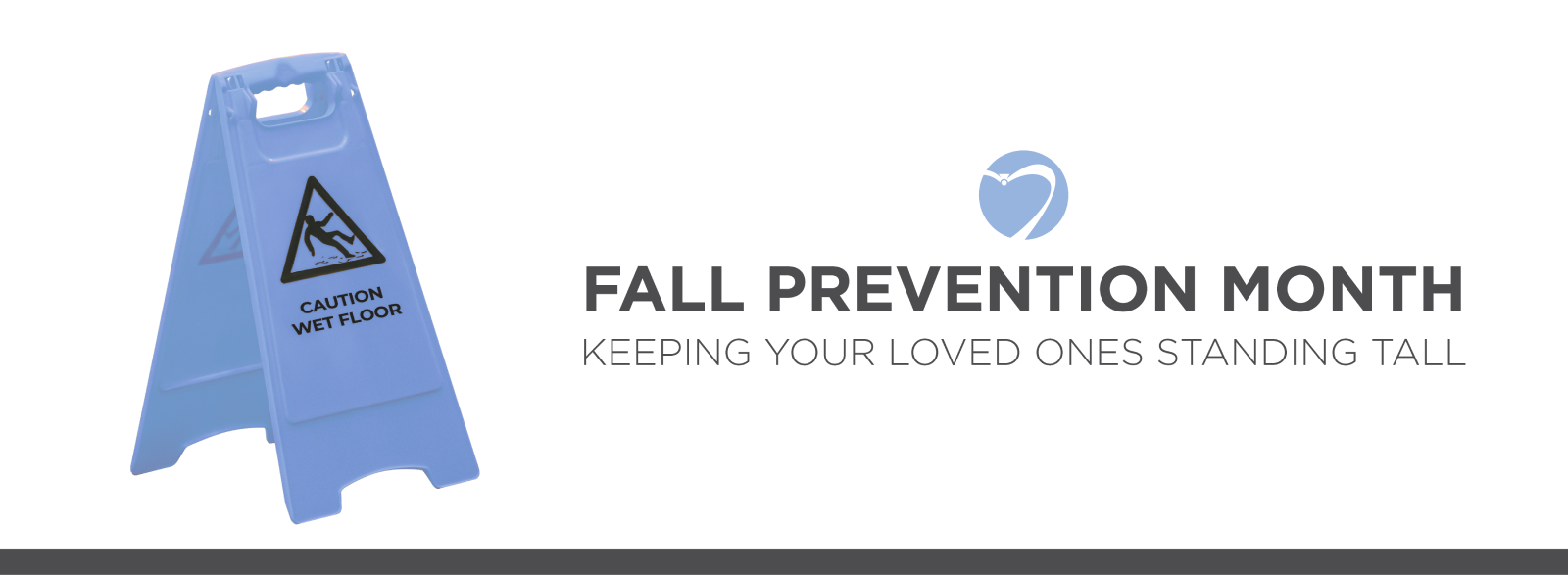Our Blog
Keep Up With What's Happening!
.png)

contact us to speak directly to a care team expert:

Salty Talk for Seniors (and all of us!)
February marks the start of World Salt Awareness Week
All of us, and especially seniors, can learn to reduce sodium intake
What Is a Safe Amount of Sodium?*
The 2015–2020 Dietary Guidelines for Americans recommend that individuals consume less than 2,300 milligrams (mg) of sodium each day. Yet, the average sodium intake for Americans age two and older is more than 3,400 mg per day.
Why Are People Eating So Much Salt?
Even for individuals who monitor their health and diet, it can be difficult to reduce salt intake. Some foods can contribute a lot of dietary sodium even if they don’t taste very salty, not because they are particularly high in sodium, but because they are eaten so frequently. In addition, sodium content in different brands of the same food can vary significantly. For example, the amount of sodium in a can of chicken noodle soup may vary by as much as 840 milligrams (mg) per serving.
What You Can Do
Learn where sodium hides. More than 40% of the sodium we get each day comes from just 10 types of food:
- Bread and rolls
- Cold cuts and cured meats
- Pizza
- Fresh and processed poultry
- Soups
- Sandwiches
- Cheese
- Pasta Dishes
- Meat mixed dishes, such as meatloaf with tomato sauce
- Snacks, such as chips, pretzels and popcorn
Tell us what you do to reduce sodium intake at home and when you’re eating out! Please send us an email or share your favorite low-sodium recipes on our Facebook page.
*Centers For Disease Control and Prevention




-01.png)










